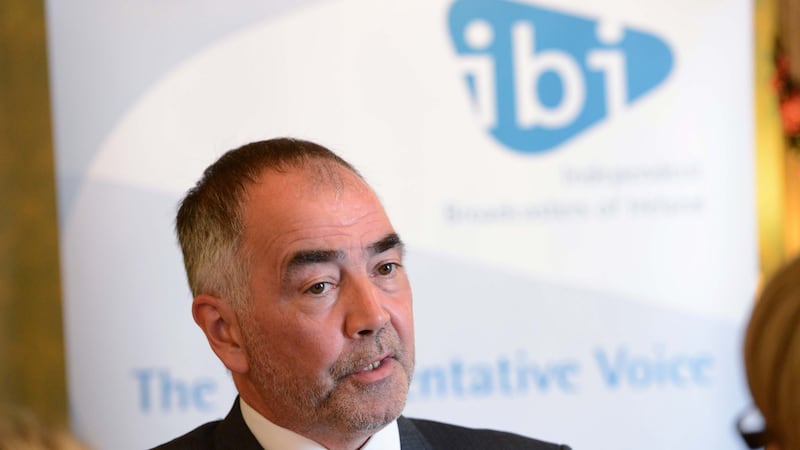At this year’s PPI Radio Awards, the outstanding achievement prize was awarded not to a veteran presenter or a seasoned producer or a talented team, but to an app.
The 20-month-old Irish Radioplayer app, a platform for 44 Irish radio stations, took home an award that in the past has gone to Gay Byrne, Marian Finucane and Ian Dempsey – broadcasters who did their thing for years without having to worry about their position in the iTunes podcast chart.
And it may take years to determine accurately whether the PPI choice is simply a nice piece of marketing for the business, as all awards ceremonies ultimately should be, or a more significant turning point for how Ireland’s radio industry would like to be, ahem, seen.

The app, used by almost one million people a month, is the product of a cross-industry collaboration first suggested in 2010 by Q102 chief executive Scott Williams, who was heading up the Independent Broadcasters of Ireland group at the time, and RTÉ Radio director of operations JP Coakley.
During the five years that it was in the planning, Ireland’s smartphone users took up the habit of listening to radio content via a vast range of individual broadcaster apps, podcast options and international platforms such as TuneIn. Their smartphones had already become another radio.
But the industry still believed in the merits of a single mobile platform covering all Irish radio stations, one that would help them collectively win listeners they might otherwise struggle to recruit. So they licensed technology from Radioplayer Worldwide, a consortium created to represent the longer established UK Radioplayer platform in overseas markets.
The likes of RTÉ and Communicorp continue to invest in their own apps and collect advertising revenues from them, but the industry-wide app is, for many listeners, a sound idea, while, for UK Radioplayer managing director Michael Hill, it is simply a way of "keeping people close to the medium that they love".
A loved medium
Love does not feel like outrageous hyperbole in this instance. Radio, as in traditional FM radio, is a medium that people have loved for a century, and at least some of that love was bound up in the device itself.
The dial could move, though in Ireland it often didn't. Newstalk-era Pat Kenny is fond of describing an older generation's historic loyalty to Radio 1 by describing the radio on the high shelf in the milking parlour, "which is covered in a fine layer of congealed cow shit" and switched on at the mains.
There are few new milking parlour radios, or kitchen radios (replace "congealed cow shit" with sticky sauce splatter). When Tim Collins, chief executive of Newstalk as of earlier this year, went to buy a Roberts radio for his office in Marconi House, the task involved some shelf-gazing: "It took me a while to find it in the shop," he told me. "It's the first radio I've bought in years."
Really the only new FM radios people acquire today are the ones that come pre-installed in cars. This leaves local and national radio broadcasters vulnerable to automotive sector innovations that are beyond their control and could, as Collins put it, lead to a situation where motorists “have to press six buttons to find where the FM radio is”.
Milking parlours
For now, what Kenny calls the milking parlour radios, old machines built to do one job, continue to clock up huge tallies of listening hours, accounting for the majority of the near four hours of radio that some three million Irish people listen to, on average, on a daily basis. Older listeners tune in for longer than younger ones.
But while FM remains dominant both here and across much of Europe, one country has pressed the industry's equivalent of the nuclear button. In Norway, the government will phase out the FM network on a region-by-region basis in 2017, forcing Norwegians to ditch FM radio sets and buy new Digital Audio Broadcasting (DAB) ones. (For drivers of cars fitted only with standard radio sets, it may be a brilliant excuse to buy a new car.)
Interestingly, public broadcaster NRK is backing this compulsory digitalisation, on the basis that the FM dial is overcrowded and DAB radio offers listeners a wider choice. The risk is that listeners in Norway – and listeners in any other country that dares to replicate its FM switch-off policy – will either learn to love silence or shun DAB and get distracted instead by the even wider audio options available courtesy of their smartphones.
In Ireland, those milking parlour radios will crackle away for some time yet. But when, one by one, they are cut off at the mains, the tradition of day-long radio consumption that is lost will be difficult to replace.


